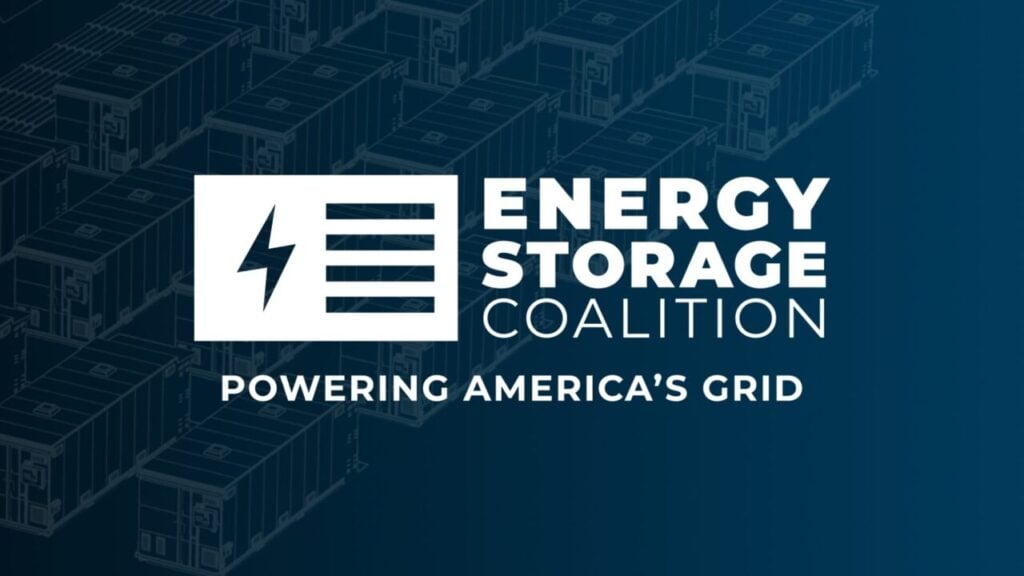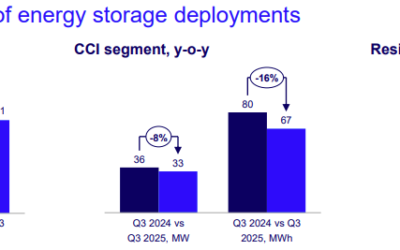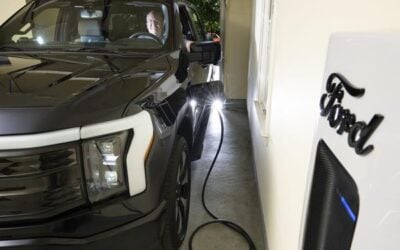
More than 30 stakeholder organisations in the US energy storage value chain have formed a new association to represent common interests.
Announced yesterday (2 October), the US Energy Storage Coalition (USESC) comprises battery and battery energy storage system (BESS) manufacturers, project developers, owners and operators, utilities and contractors.
They include the likes of utilities American Electric Power, Dominion Energy and Alliant; energy storage manufacturers and system integrators Tesla, Fluence and LG Energy Solution Vertech; and developers Clearway Energy and Eolian.
ExxonMobil is even listed on the organisation’s website as a member, as is the now-bankrupt BESS integrator Powin—the latter presumably due to be removed after going out of business, with its assets since acquired by FlexGen.
Try Premium for just $1
- Full premium access for the first month at only $1
- Converts to an annual rate after 30 days unless cancelled
- Cancel anytime during the trial period
Premium Benefits
- Expert industry analysis and interviews
- Digital access to PV Tech Power journal
- Exclusive event discounts
Or get the full Premium subscription right away
Or continue reading this article for free
“Energy storage plays a unique role in supporting the grid, and by uniting through the coalition, the energy storage industry can better ensure that the benefits of our technology—increased reliability and cost stability—reach more American families and businesses across the US,” Stephanie Smith, COO at BlackRock-owned developer Eolian said.
The organisation will aim to advance policy and market solutions to boost production and refining of critical battery supply chain minerals, grid battery storage manufacturing and energy storage deployment throughout the US.
UESC is led by Noah Roberts, former VP for energy storage at the American Clean Power Association (ACP). Regular Energy-Storage.news readers may recall that the national Energy Storage Association (ESA) was merged with trade associations from other clean energy industries to form ACP in 2021.
While the merger was intended to give a unified voice across the industries, it appeared from the outside that the amount of advocacy work on behalf of energy storage specifically had decreased in the past couple of years.
In a post on the UESC site’s blog, Roberts wrote about three key drivers for energy storage in the US to explain why the effort is needed.
These were: the risk of an energy shortfall in the US as AI data centres drive load growth, rising electricity prices and the opportunity to establish global industrial leadership.
Roberts noted that the launch comes off the back of a pledge made in August by ACP member organisations to invest US$100 billion in grid battery storage manufacturing.
Global Solar Council creates ‘unified voice’ with expanded mandate
The UESC launch follows the launch of an effort in Europe, also called the Energy Storage Coalition, with similar aims. The European counterpart was established in 2023 by trade associations SolarPower Europe, European Association for Storage of Energy (EASE), WindEurope and sustainable technology VC investor Breakthrough Energy. It is advocating for 1.2TWh of energy storage in Europe by 2040, which it said would save the European Union (EU) and its taxpayers €160 billion (US$173.66 billion) in system costs
Separately, SolarPower Europe also established the Battery Storage Europe Platform in July this year, described as a “major new initiative to drive forward the business case and regulatory framework for battery storage across the European Union.”
A couple of weeks ago, solar PV trade group the Global Solar Council (GSC) said it would expand its mandate to also represent battery storage industry interests, in an announcement made 23 September, during the 80th United Nations General Assembly and New York Climate Week.
The GSC claims this fills a gap in the market for a global trade association for battery storage, from both downstream deployment or upstream manufacturing perspectives.
“Until today, the world’s fastest-growing energy storage technology had no unified global voice. That changes now,” GSC CEO Sonia Dunlop said.
“GSC is stepping up to lead this transformation because we need to move beyond traditional silos. We need to help policymakers understand and implement the pivotal infrastructure this decade requires.”
Statements from the council emphasised the close synergies between solar PV and energy storage, and the group has published a position paper setting out actions that should be taken to address the lack of energy storage on the world’s grids.
These include recommendations that policymakers implement national targets for energy storage that are integrated with wider system planning, facilitating regional ‘super-grids’ and cross-border interconnections, revisions of market design to value services that storage can provide, unlocking capital in emerging markets and advancing next-generation technologies such as grid-forming inverters.
GSC said that almost a third of all new battery installations in 2024 were paired with solar PV.
“With solar already the cheapest source of electricity in history, pairing it with battery storage ensures reliable power for communities everywhere and accelerates the global transition to net zero,” GSC global ambassador and former energy minister of Norway Erik Solheim said.





